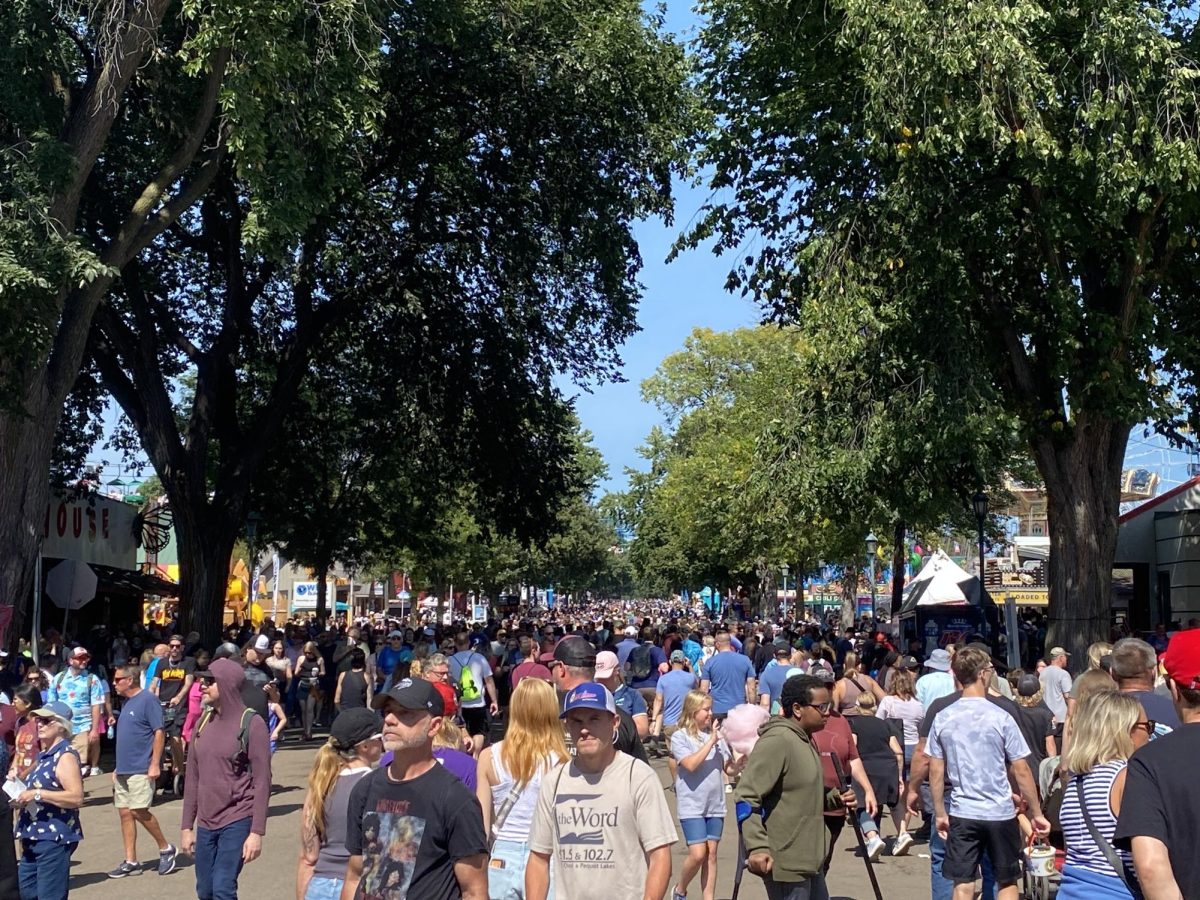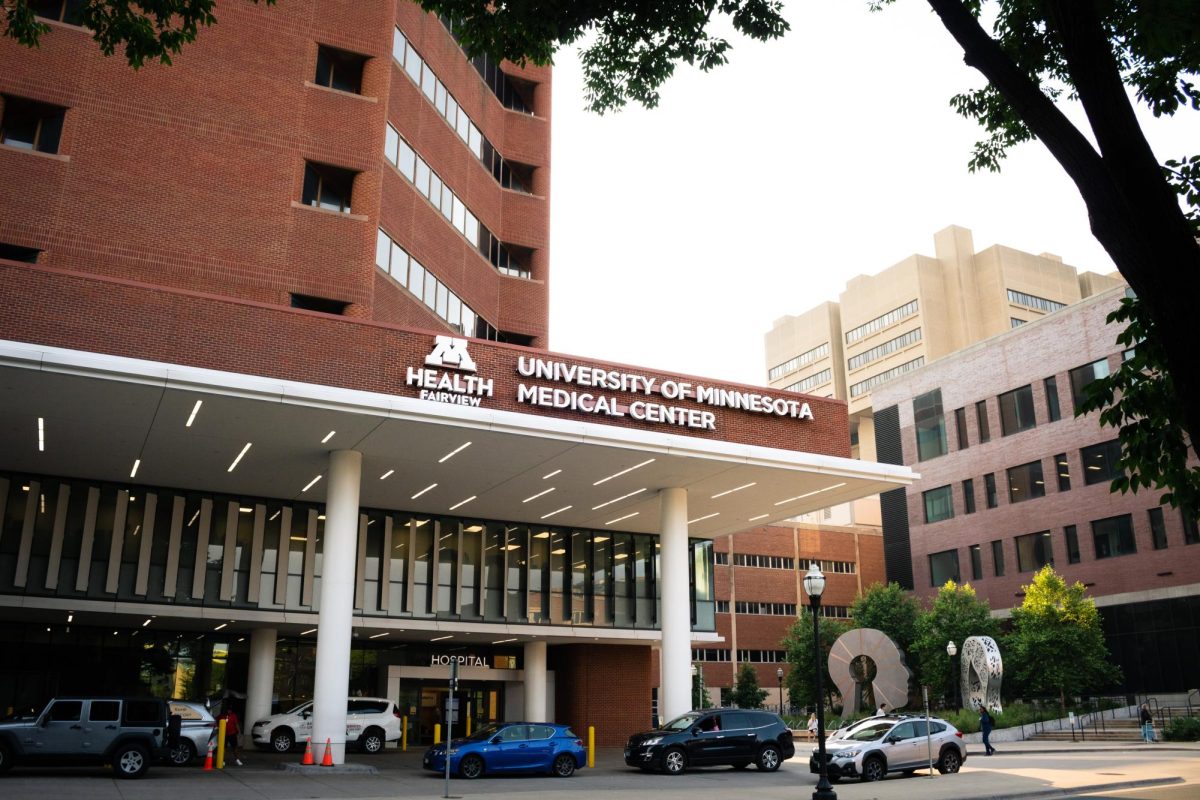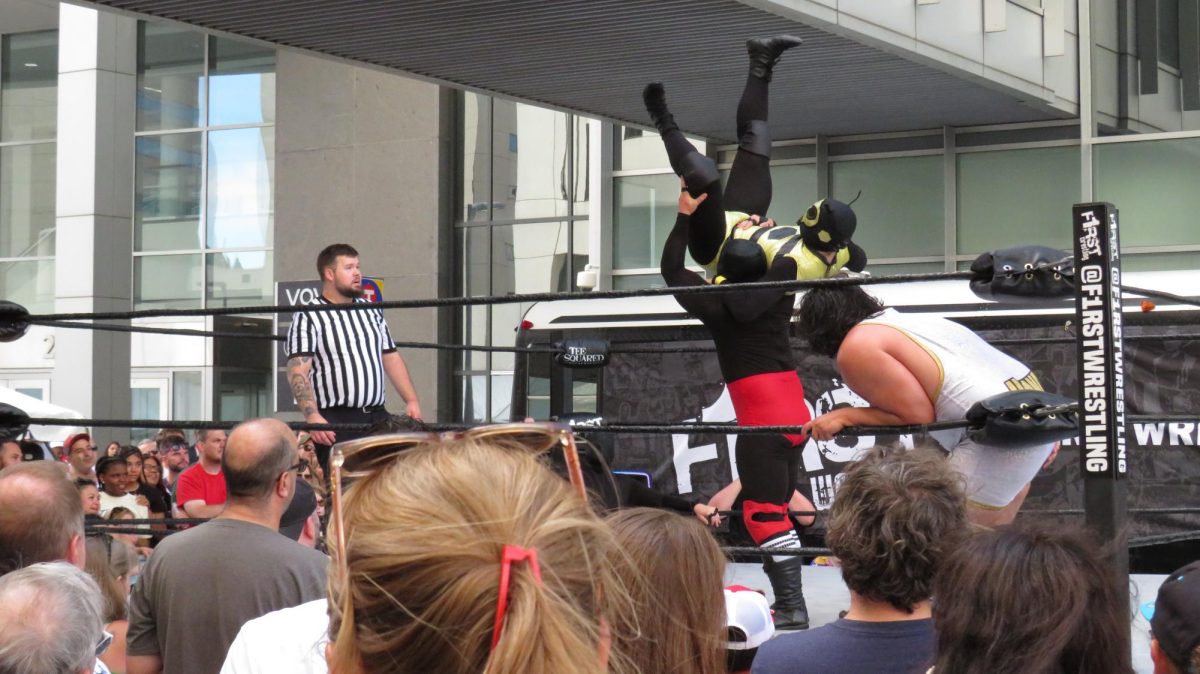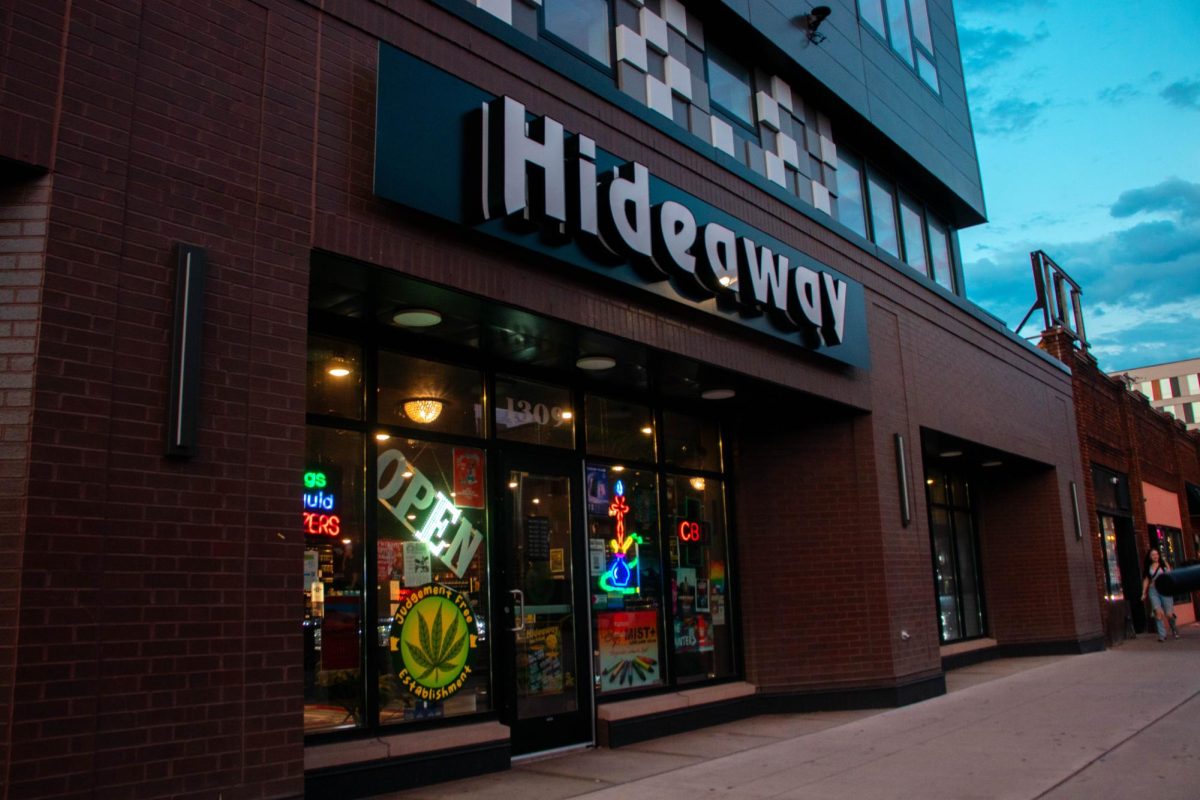While campus-area landlords might find themselves in disputes with residents, one positive thing they generally have going for them is low-interest mortgages that protect them from foreclosure.
Though the number of foreclosures in Minneapolis has increased since January, according to the Hennepin County Sheriff’s Office, only 13 properties in four University neighborhoods – Marcy-Holmes, Prospect Park, Southeast Como and Cedar-Riverside – have been foreclosed upon in that time.
Foreclosures happen when homeowners can’t pay mortgages and banks repossess the properties to compensate for their loss.
Jeremiah Peterson, a homeowner and chemistry senior, said Southeast Como hasn’t seen effects of foreclosures because renters in the neighborhood bought their houses before the market went bad in 2000.
“Past 1992, landlords started coming in and buying up all the family dwellings and changing them into rental properties,” he said. “They also have a stable loan Ö Their loans are easy to pay.”
Peterson said he isn’t worried about foreclosure as long as he has three renters to pay rent for the mortgage.
He said, however, that many landlords own overoccupied houses, so there are more people to give money for the mortgage and landlords can make a profit.
However, Minneapolis city codes place strict regulations on occupancy limits based on how much space a person needs to have.
Bill Dane, a University Student Legal Service staff attorney, said overoccupancy is a problem in neighborhoods surrounding the University.
Landlords usually need more than three renters if they are going to make money and pay the mortgage, but Dane said renters expect to pay a certain amount and landlords can’t pay the mortgages at that price.
“If overoccupancy was strictly enforced, I think you might see quite a bit more property on the market in and around the University,” he said, “because the landlords who paid premium prices for the houses wouldn’t be able to pay mortgage payments just renting lawfully.”
The only problem landlords might have with paying for houses would be paying a mortgage after taxes or their loans increase two to three years after payments begin, Dane said.
“That’s what seems to be happening a lot in the mortgage market right now,” Dane said.
Higher mortgage payments could affect students next year if landlords can’t find a way to pay for the rise in interest rates and raise the price of rent to compensate, he said.
Tim Bendel, Minnesota Mortgage Association president, said he expects many people in north Minneapolis needed to foreclose because they didn’t budget for sub-prime mortgages – mortgages that start with low interest rates that increase drastically after two years.
Sub-prime loans are offered to people with less-than-perfect credit to allow them to save for that third year, he said.
Bendel said people should be prepared when talking to lenders about getting a mortgage.
“You need to do your homework,” he said.







